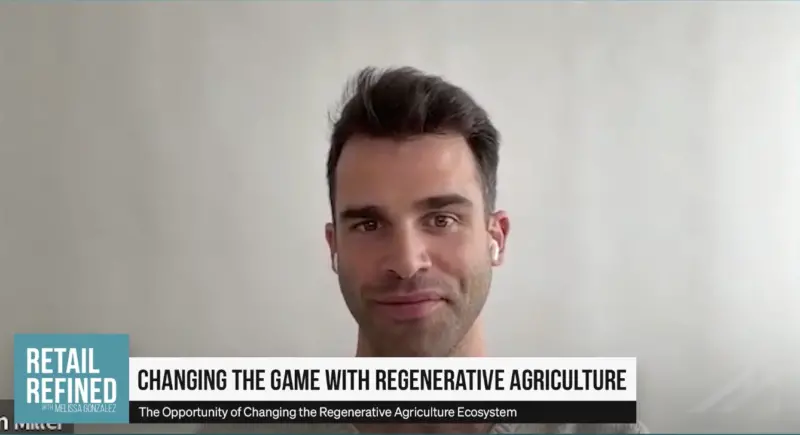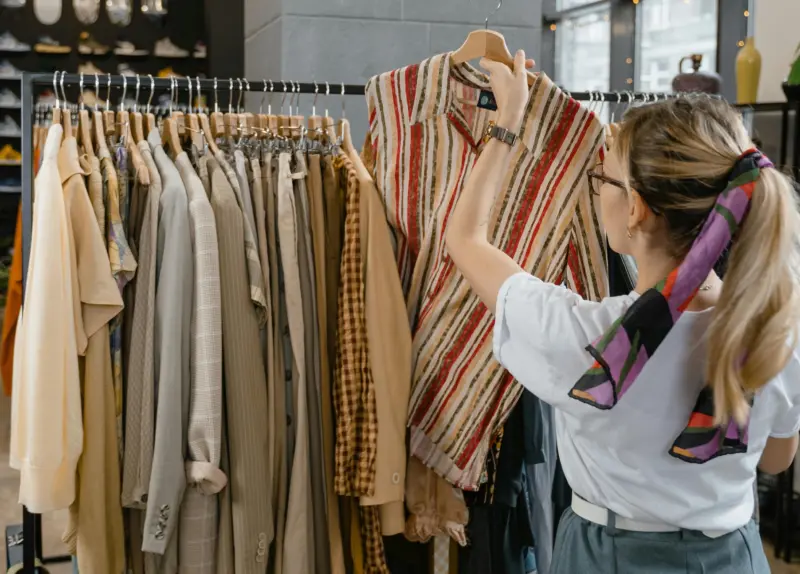Why Retailers are Using Computer Vision to Help Customers Find the Perfect Shoe
Currently, the customer journey for shoe shopping is quite involved and tedious. Consumers shop for shoes, read reviews and shoe sizing graphs, maybe even go in store to try shoes on, and often buy multiple pairs in various sizes. Sometimes they even buy the same product in different sizes — only to ultimately return many if not all that don’t fit. Clearly, this isn’t the most effective, profitable, sustainable, or customer-friendly strategy.
With inconsistent shoe sizing found across the retail industry, Retail Refined’s host Melissa Gonzalez sat down with Volumental’s CEO and Co-Founder, Alper Aydemir, to discuss how they’re helping consumers find the perfect shoe through using AI and “FitTech.” Alper Aydemir has a PhD in computer science from Sweden with a plethora of experience in building technologies with AI, machine learning and robotics. Prior to co-founding Volumental, he worked as a researcher and CTO.
But how does this technology ensure the perfect fit? Aydemir walked through the process:
- Retail shoe stores use a Volumental foot scanner to scan each customer’s foot in store.
- The technology analyzes the scan to help customers understand their foot shape and issues.
- Volumental pairs product recommendations based on this analysis and other key factors, which are filterable.
- Customers can read through the statistics on the products for certain fit elements.
- Customers can email themselves their scan, helping to increase the word-of-mouth phenomenon and improve the company’s data integrity.
According to Aydemir, there is a correlation between more feet scanned and higher conversion rates, higher purchase rates, and lower product-return rates. Because of these outcomes, companies could also experience a reduced carbon footprint output and a higher predictability for supply chain optimization.
Aydemir commented on the benefits of using Volumental, which he referred to as the ‘triple dip’: “The first dip is great store experience, increased conversions, lower returns… second dip is now you get to have that data and you can use it in an e-commerce setting… third dip for brands is now you can take that data and you can… design better running shoes [for example].”



